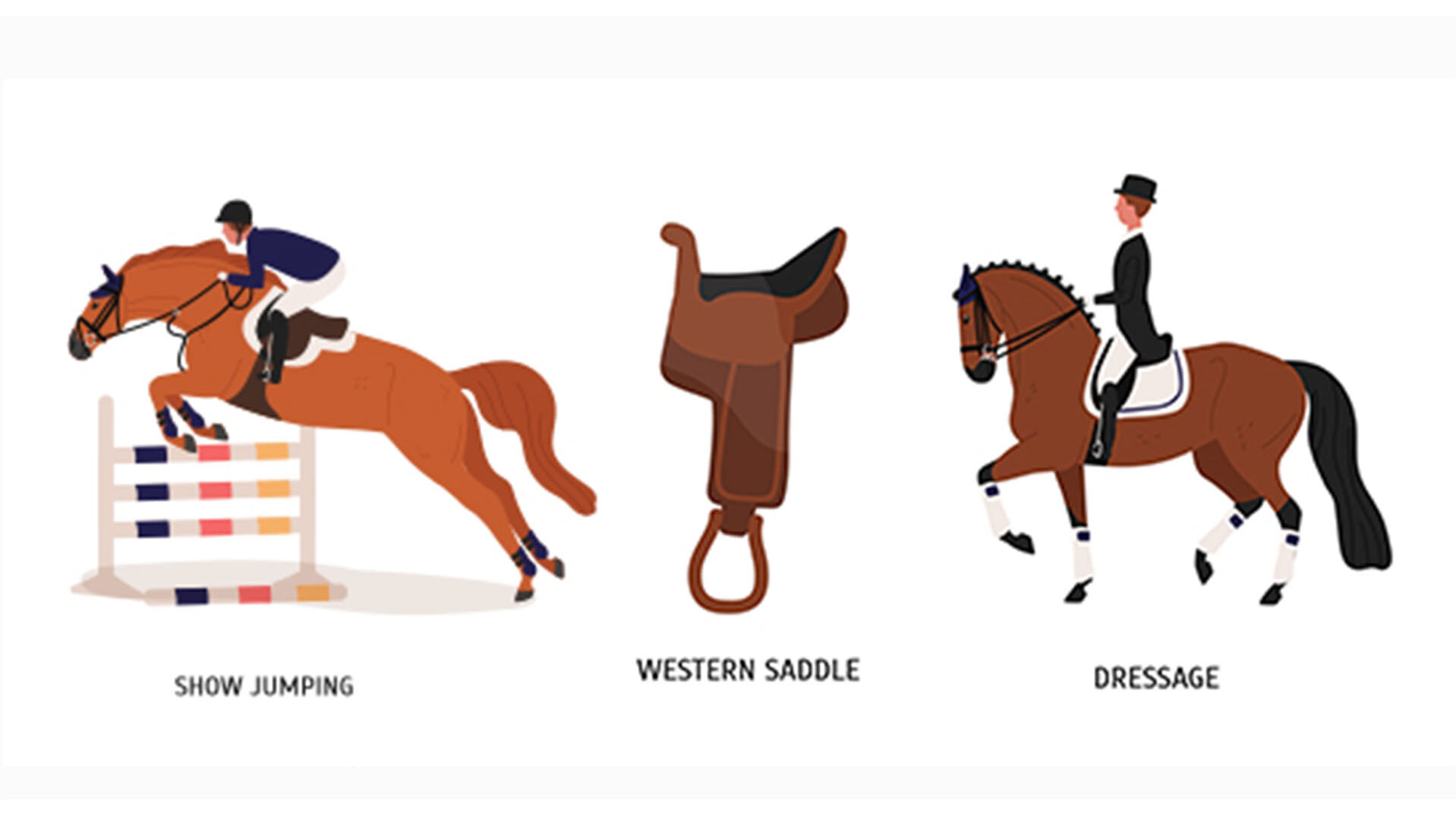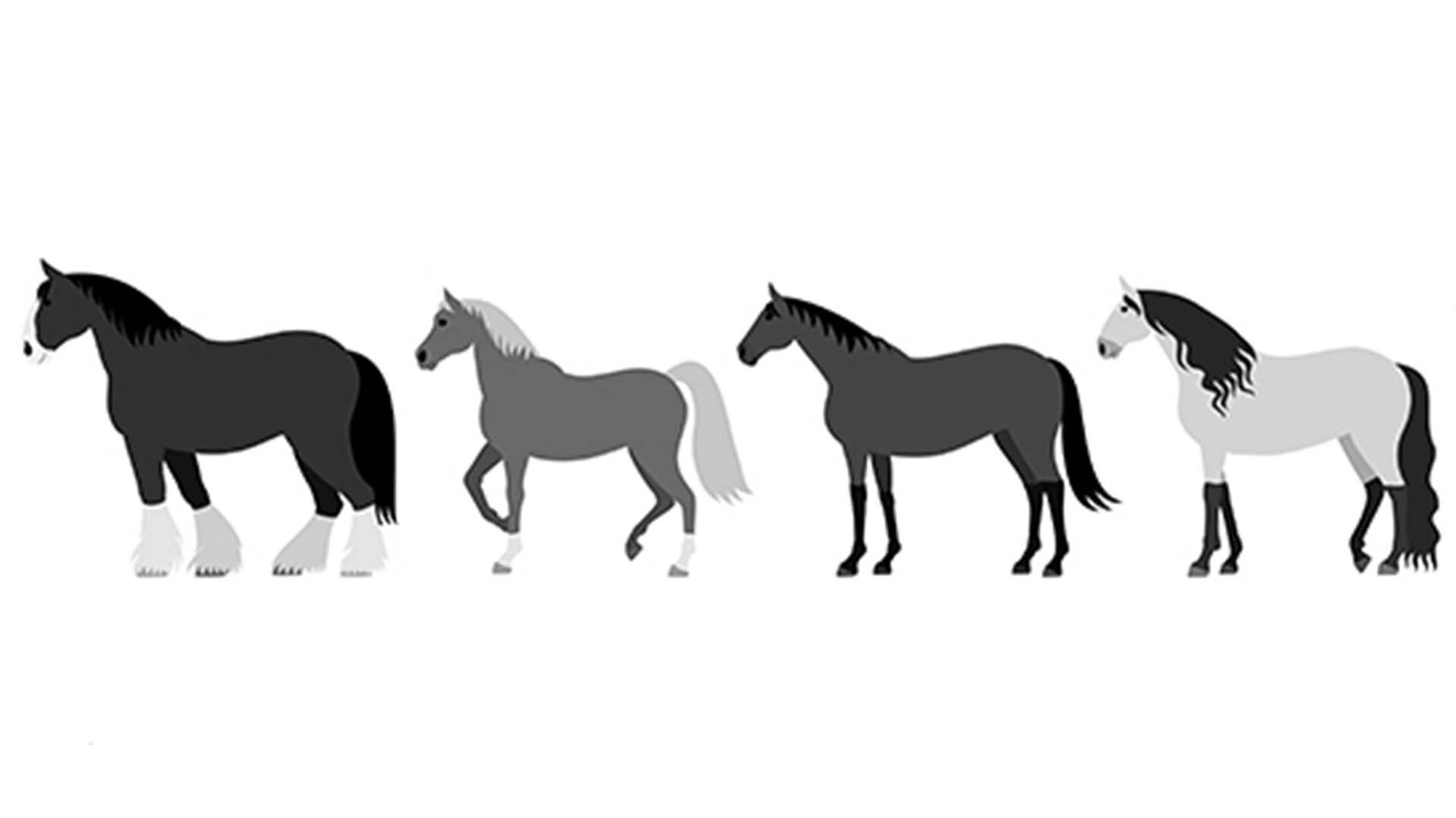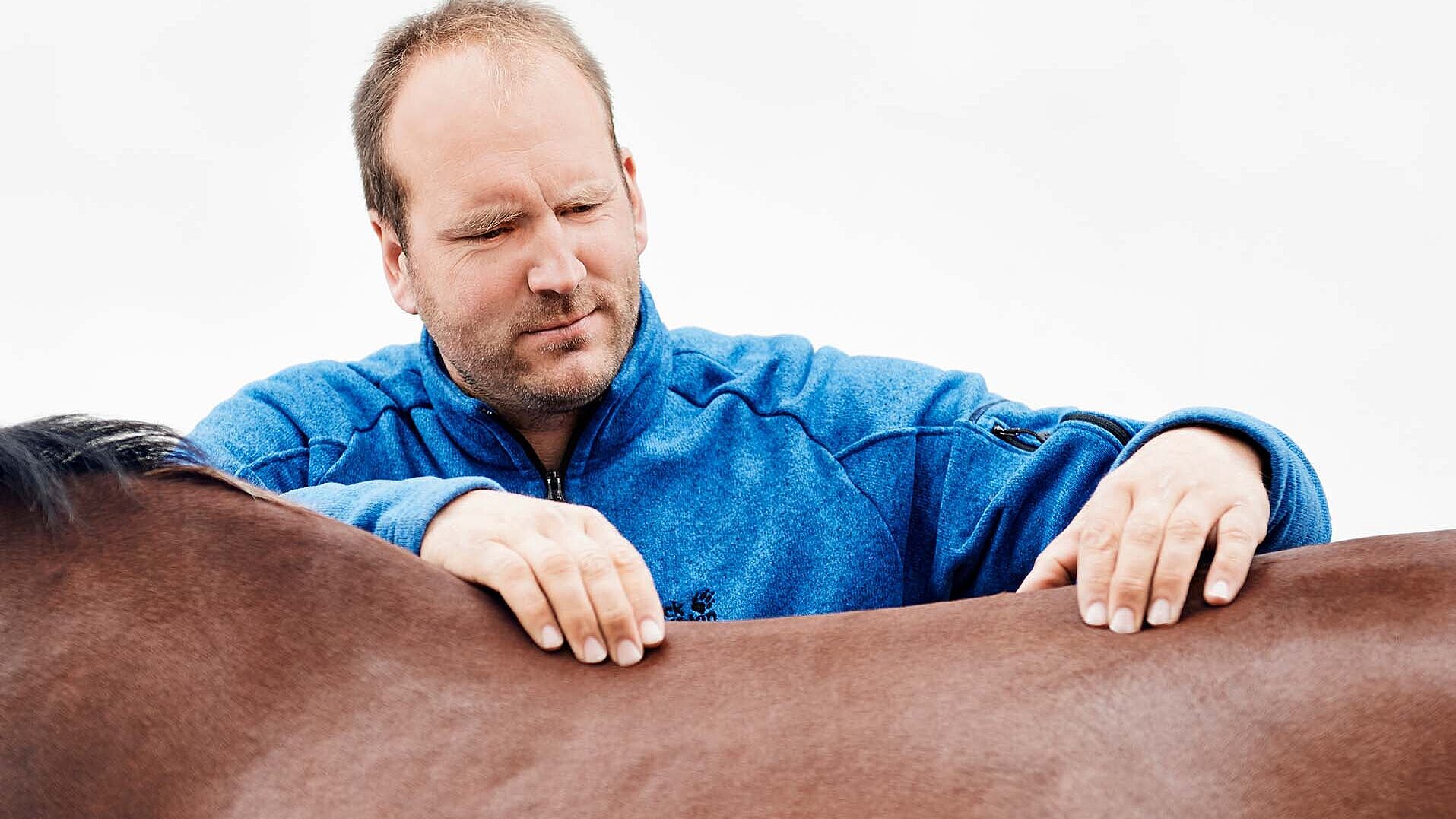Why do we hear so often about saddle problems?
Of course, we often have customers who already have a whole saddle odyssey behind them. As a customised saddle manufacturer, we encounter a wide variety of saddle biographies. Of course, every case is unique and the solution for each individual should also be found individually.
In the following, we would like to share some of the experiences we frequently encounter. In our view, these are often the initial trigger for the search for a new saddle for horse and rider. We would like to emphasise once again that these are just thoughts and experiences and that each individual case must be considered individually.
The wrong type of saddle
On the one hand, there are cases where customers are unhappy with a saddle that simply doesn't suit their needs. You can have a great and beautifully crafted, perfectly fitted dressage saddle - but if you want to use it for trail riding, it's not the right choice for either the horse or the rider.

When looking for the right saddle, you should first think about the path you want to take with your horse and the resulting demands on the saddle. You can then look for the right type of saddle and a saddler with the right range and experience.
Poor saddle fit
The other common case is customers who get on well with their saddle as a rider, but it doesn't fit their horse perfectly. We often have this experience with customers whose horses are "particularly unique". This can mean a particularly pronounced withers, a strongly curved back, an overbuilt horse, an extremely broad or narrow rump, a strongly pronounced shoulder or a combination of several characteristics. Classic saddles often reach the limits of their customisability here, as they can usually only be adjusted via their chamber width and padding.
Used saddles
Another topic is used saddles - in this context, we often meet customers who are unhappy with a used saddle. One reason for fitting a second-hand saddle may be the lower purchase price. However, people often want to start with a second-hand saddle because the horse is still young, for example, and major changes to the horse are expected.
However, the demands on the fit of the second-hand saddle are often comparable to those of a new customised saddle. However, as a second-hand saddle was once built for a different horse and rider pair, there are of course limits to its customisability in some cases. This risk is of course much greater when modifying a second-hand saddle than when modifying a custom-made saddle.
Variety of horse breeds and riding styles
The variety of horse breeds and riding styles has increased enormously in recent decades. In addition to the sport horse breeds, a variety of Iberian and baroque breeds, gaited horse breeds, cold-blooded horses, pony breeds and crosses of different breeds are represented today. The diversity of breeds and the associated variety of conformation types and back shapes pushes many conventional saddle concepts to their limits.

Of course, a standard saddle alone can hardly fulfil the diverse requirements of such different horses, riding styles and philosophies. Fortunately, however, saddle systems have also evolved to better fulfil these requirements.
